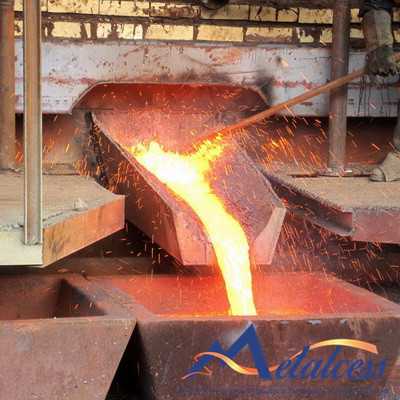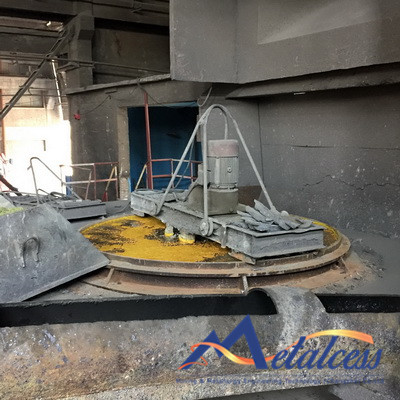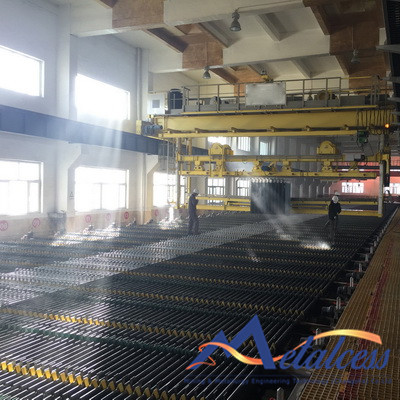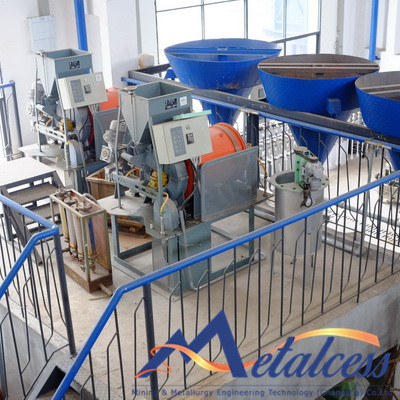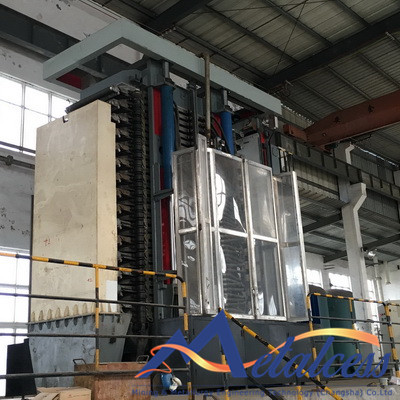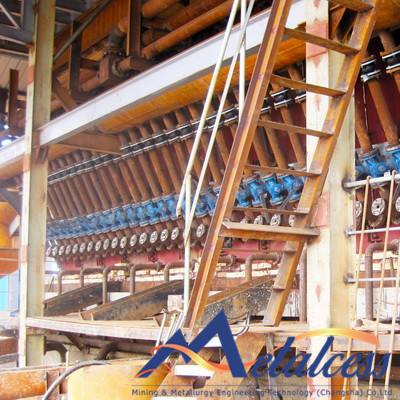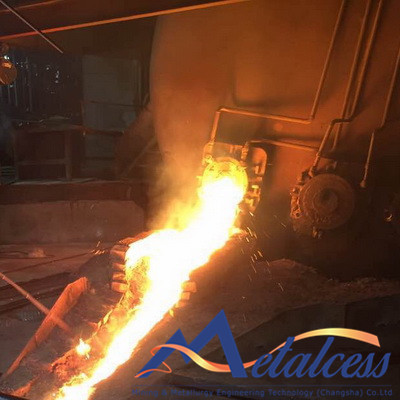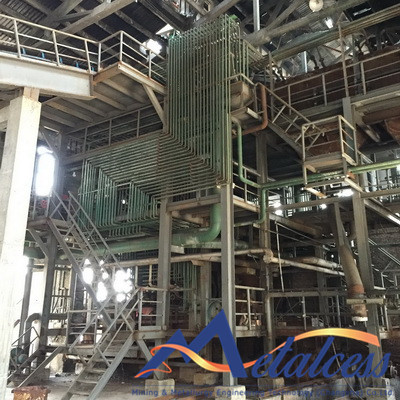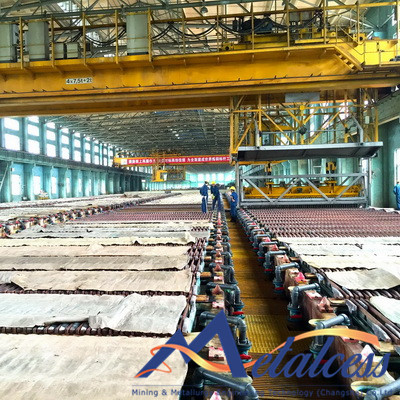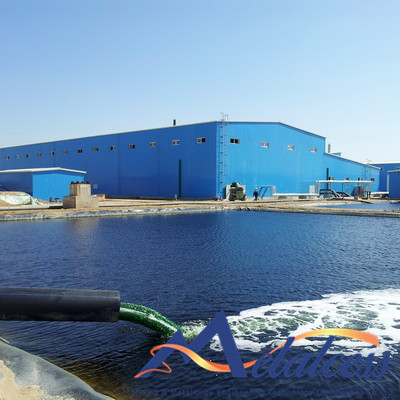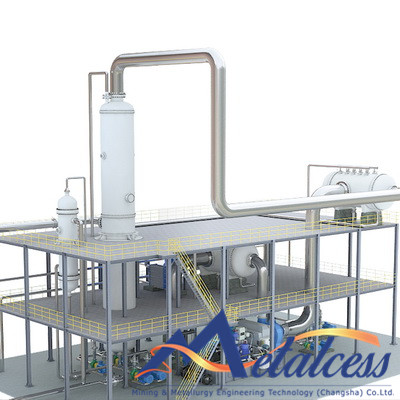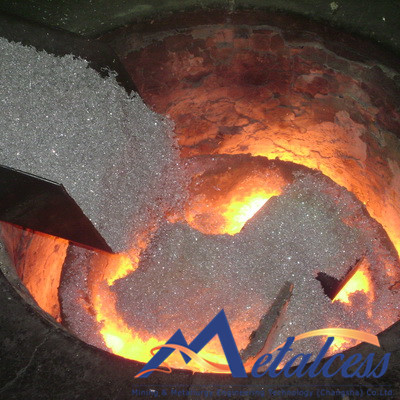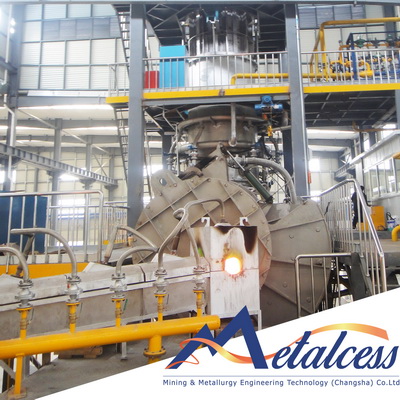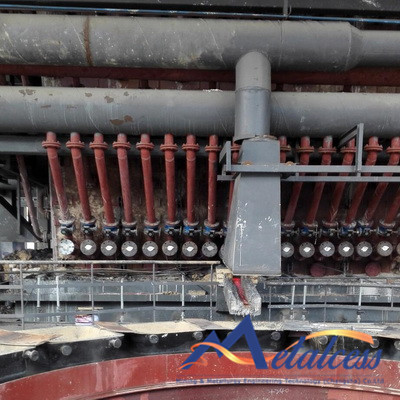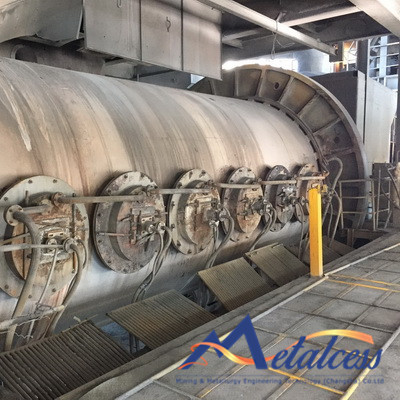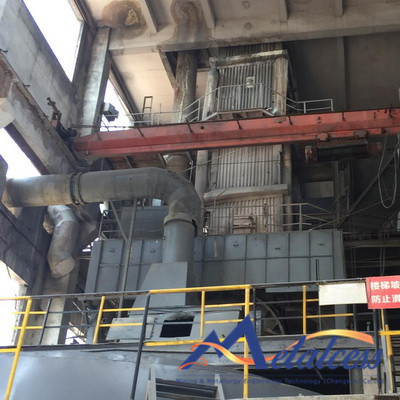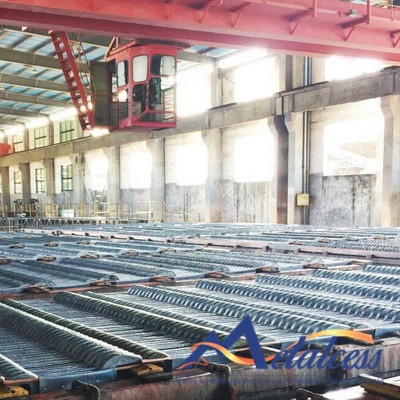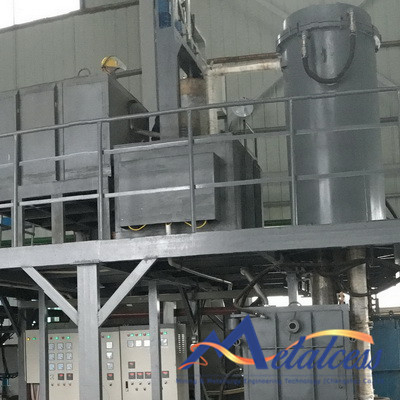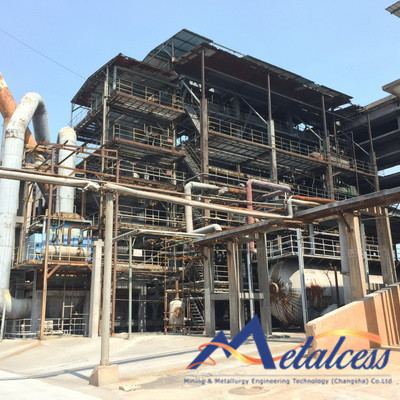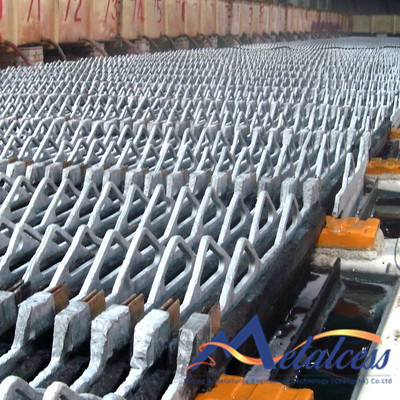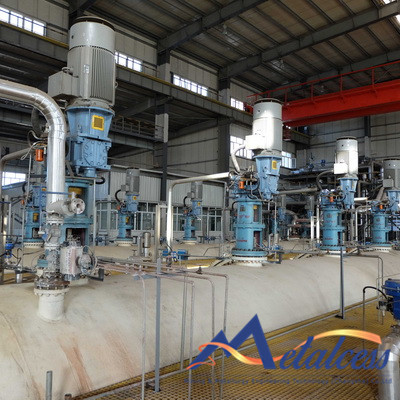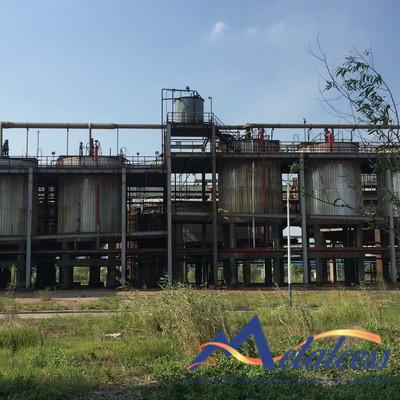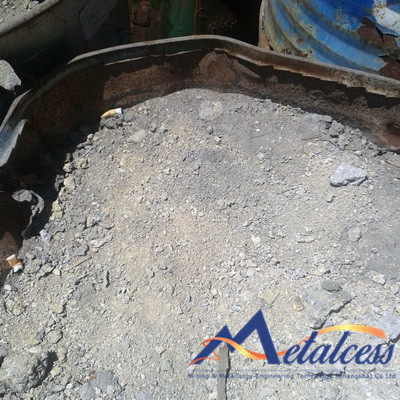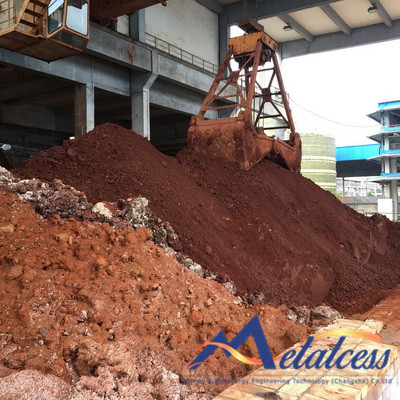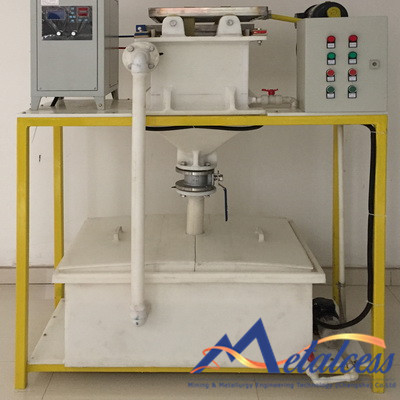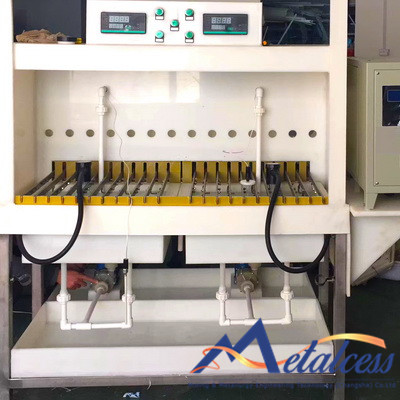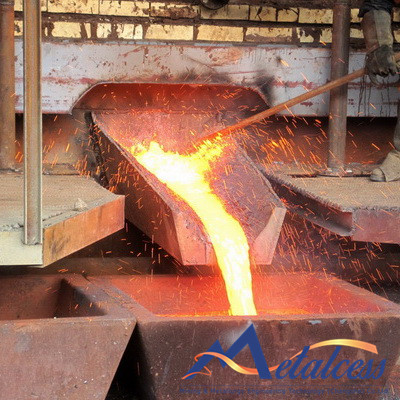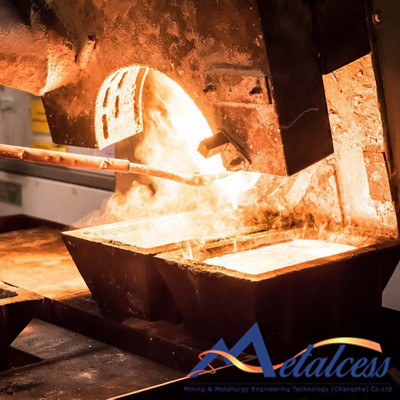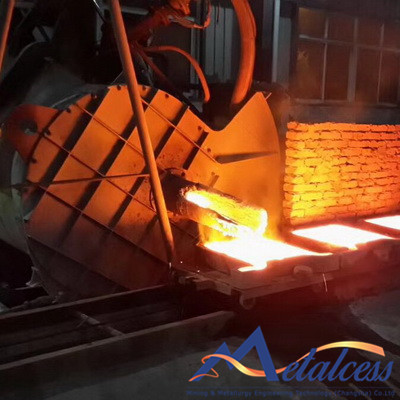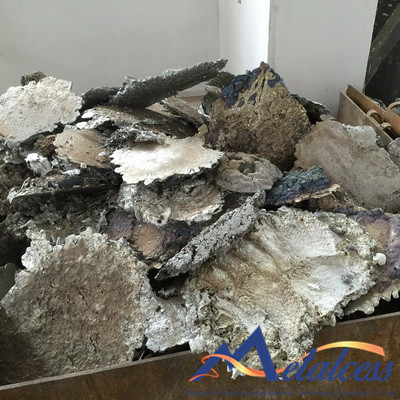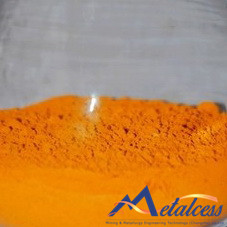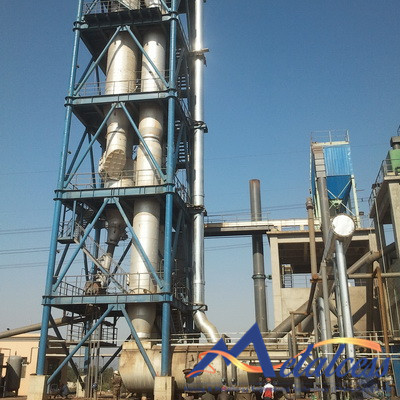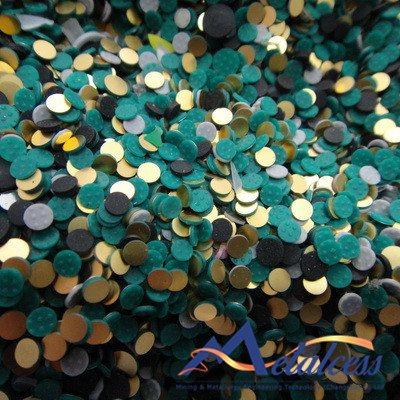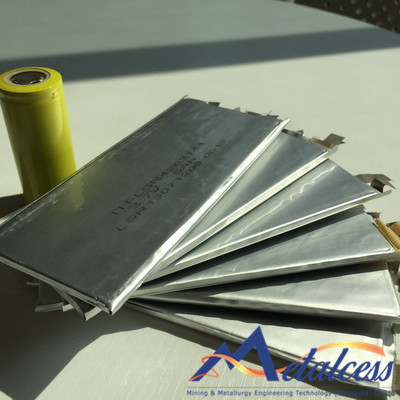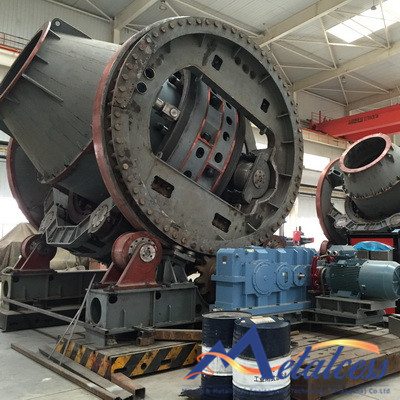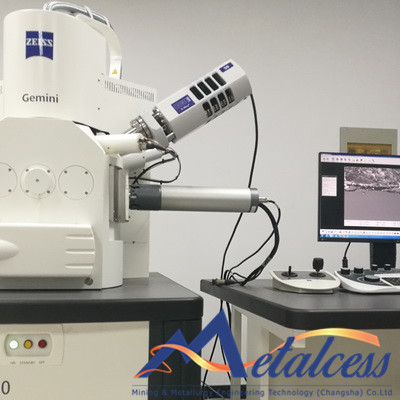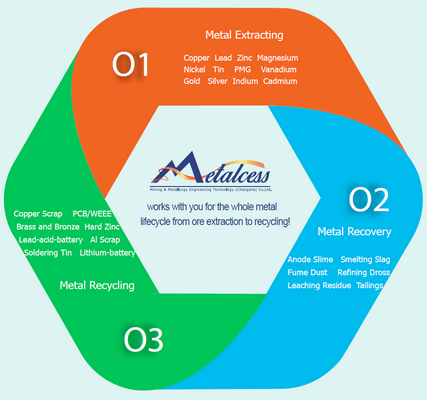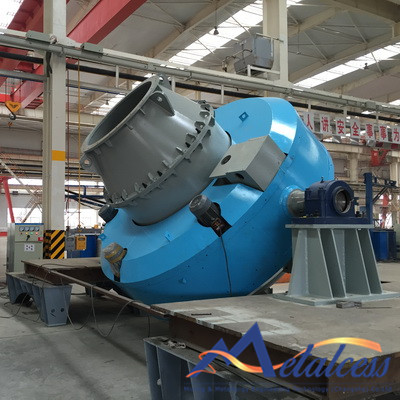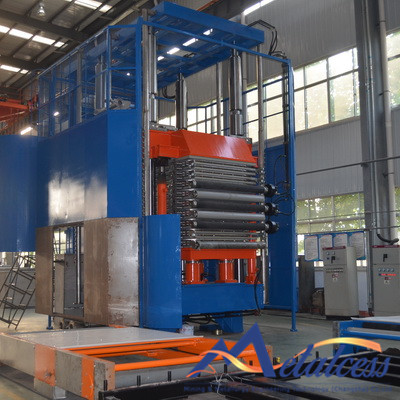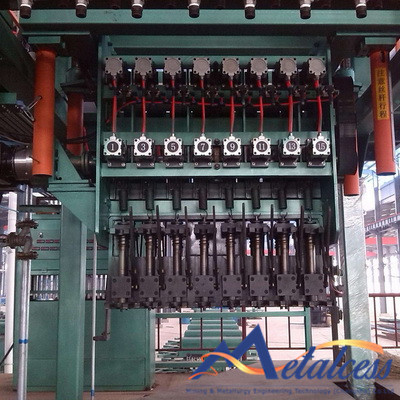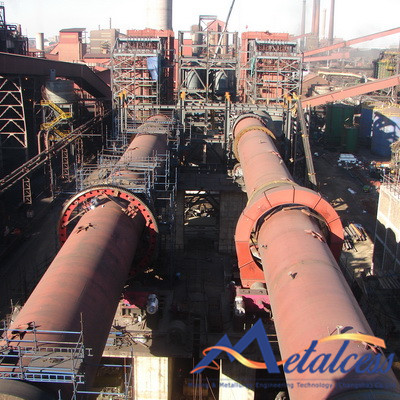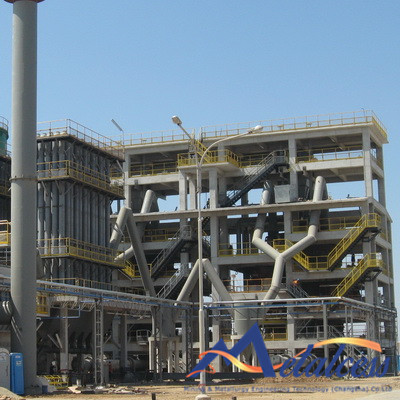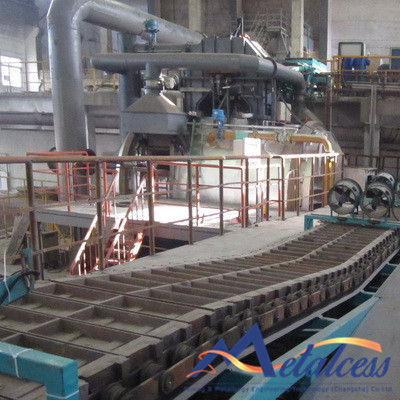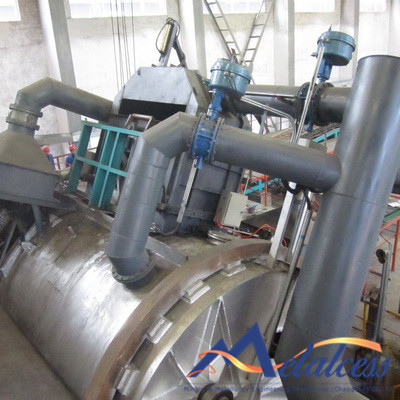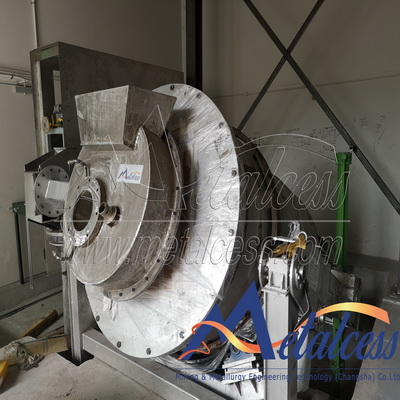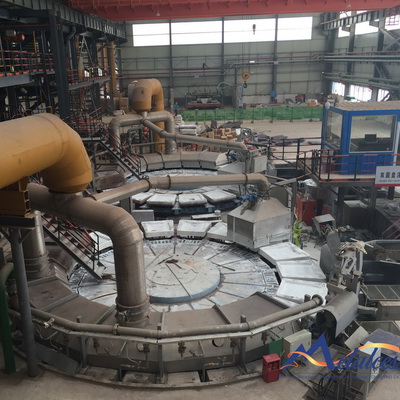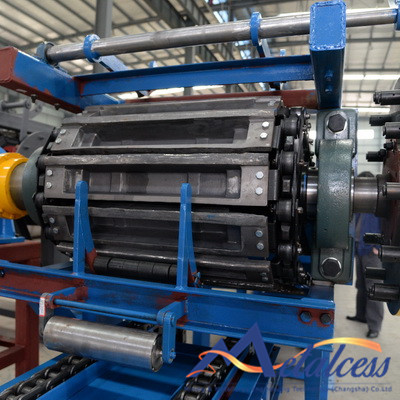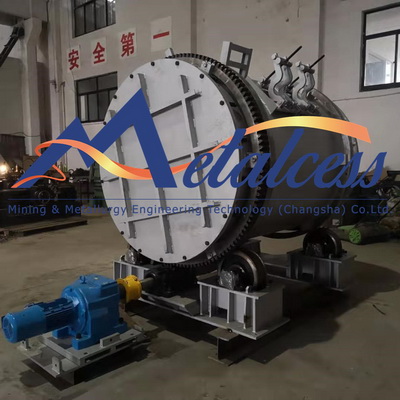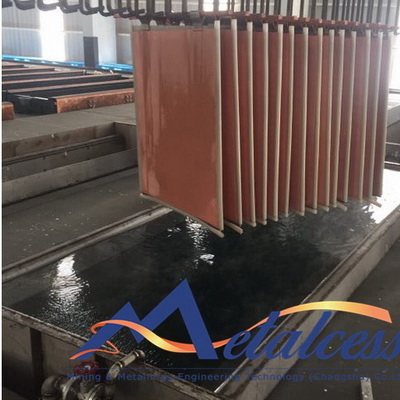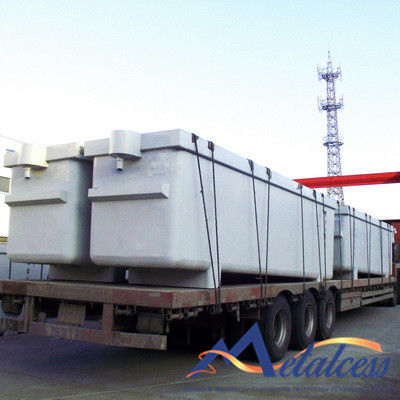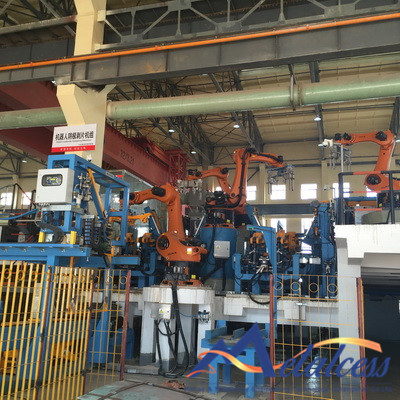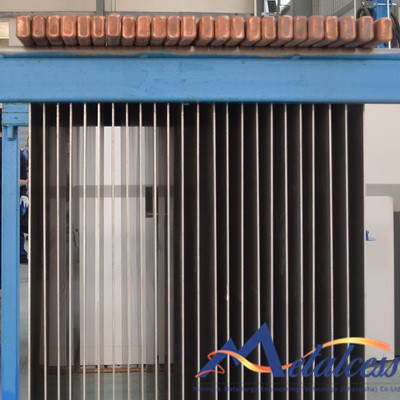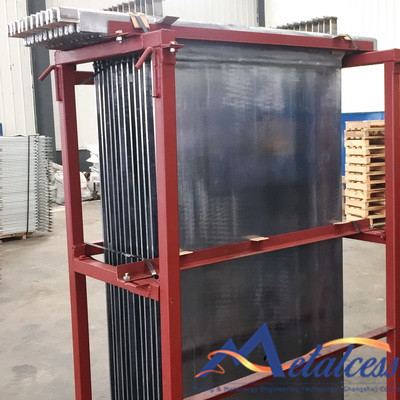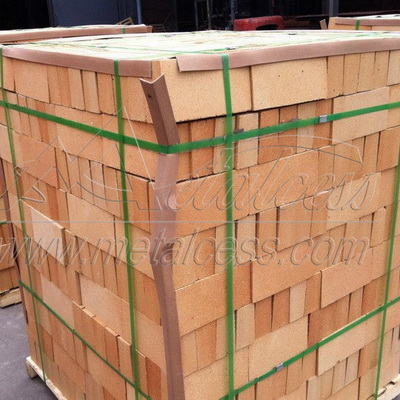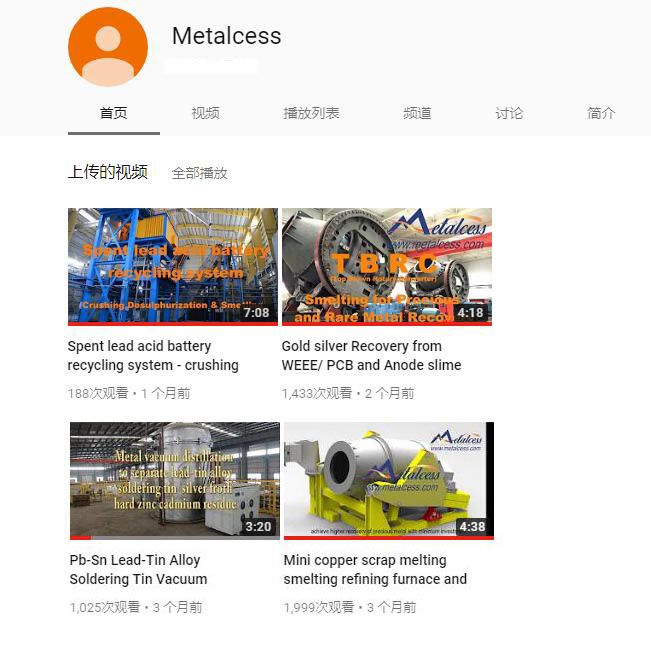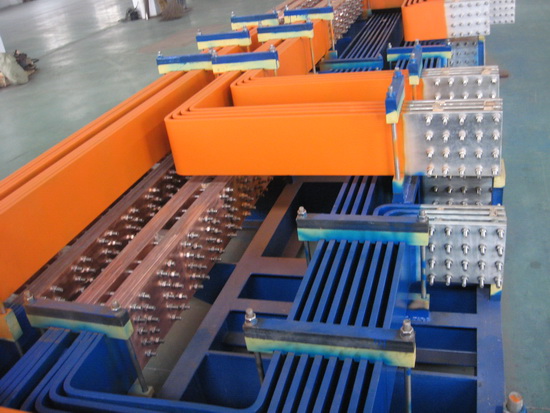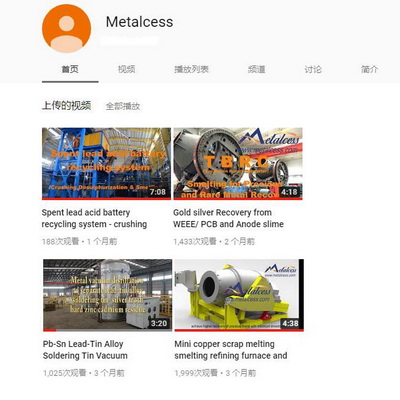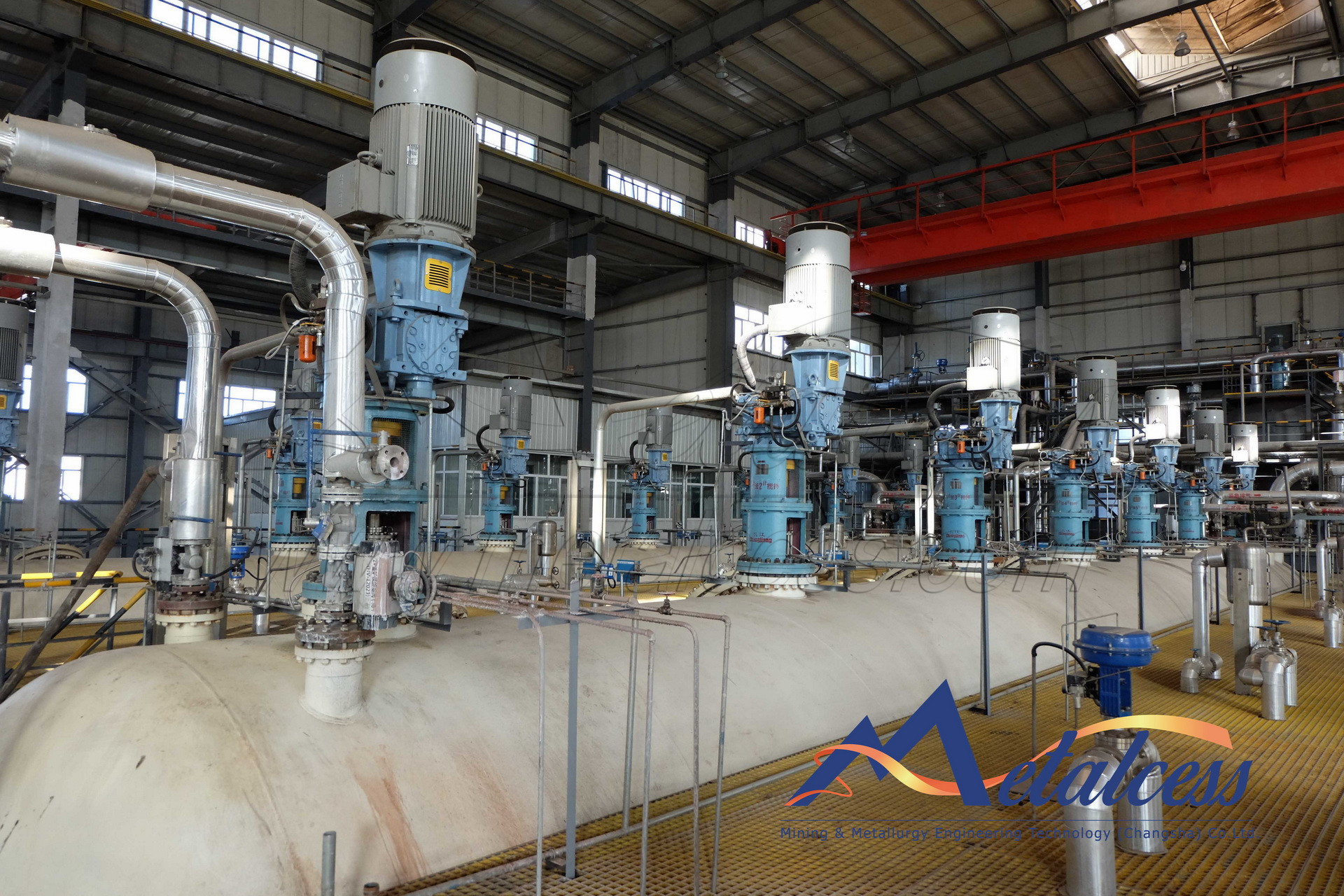There
are many applications of pressure leaching, mature technology of aluminum oxide
extraction, nickel extraction from nickel sulfide ore and lateriate-nickel ore
as well as zinc leaching especially from sphalerite. It is further prolonged to
copper metallurgy, rare metal extraction like tungsten, molybdenum and precious
metal recovery from anode slime.
Metalcess
has been working on pressure leaching for years and accumulated rich
engineering experience from zinc pressure leaching smelters. We are able to
offer related service for zinc pressure leaching, copper pressure leaching and
anode slime pressure leaching.
Zinc
pressure leaching (ZPL) treats zinc concentrate directly in the autoclave where
specific temperature and oxygen partial pressure is given to leach zinc and
generates zinc sulfate solution while sulfur, lead and iron remain in the
residue (leaching residue). The leaching residue is further treated with
flotation and hot filtration to separate sulfur, lead sulfide residue and
tailings. Part of iron may goes with zinc sulfate solution and the said
solution has to be naturalized for iron removal by precipitation method. Zinc
pressure leaching has a high leaching efficiency and is flexible to high iron
sphalerite and lead-bearing zinc concentrate. Compared with conventional zinc
leaching method, zinc pressure leaching requires no roasting and produces
sulfur which is suitable for storage and transportation.
Characteristics
1.
Direct
recovery of sulfur, easy in stocking, transportation and sales, superior to acid
sulfuric.
2.
Adaptable
to various material including low grade high iron zinc sulfide concentrate,
lead-zinc concentrate, zinc ferrite and other smelting slag/leaching residue.
3. Favorable to recover scatter metal.
4. Good flexibility to be integrated with
existing roasting system to expand production capacity while using the existing
facilities to a large extent.
5.
Perfect
match with goethite precipitation. Iron exists in the form of Fe2+ from
oxygen pressure leaching. Goethite residue can be treated by
flash roasting to make it suitable for iron-smelting instead of being disposed
as solid waste.





